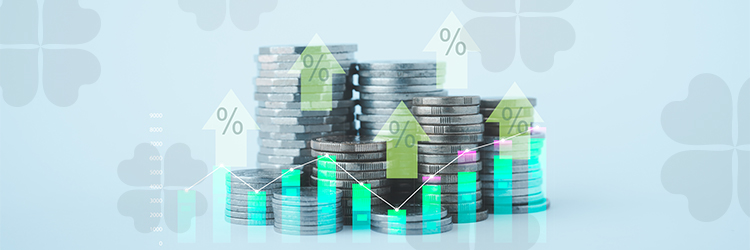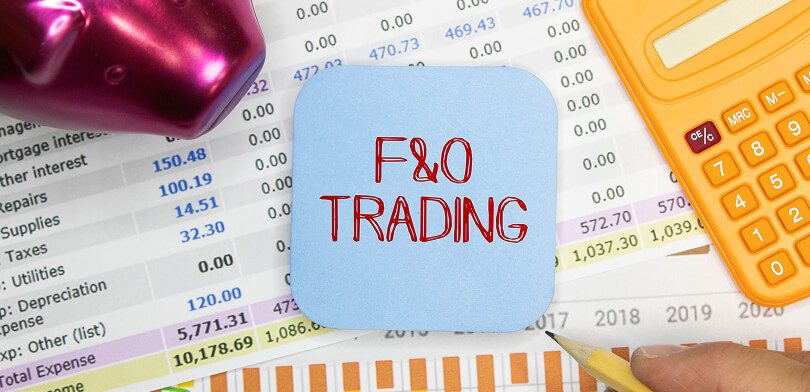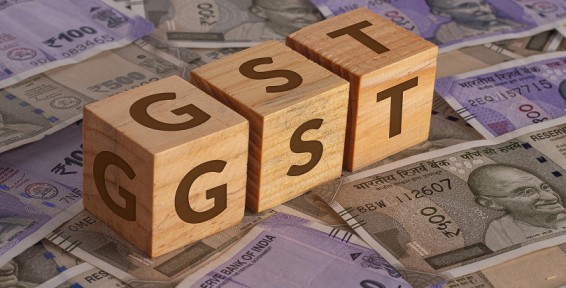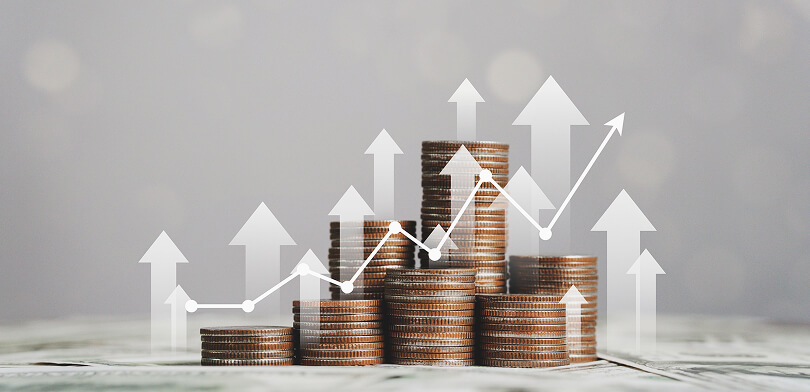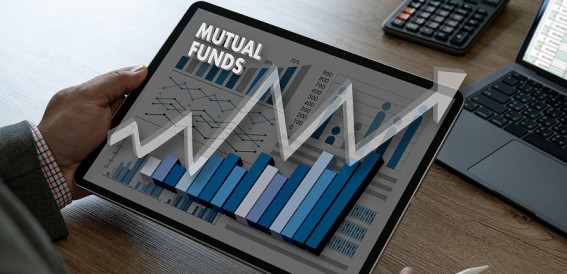Silver futures trading is a form of investment that involves predicting the future price movements of silver and buying or selling contracts accordingly. With the increasing demand for silver in various industries, this market has gained significant attention from traders looking to diversify their portfolios and capitalise on the precious metal’s volatility.
However, like any other financial market, silver futures trading requires a comprehensive understanding of its intricacies and a strategic approach to succeed.
Topics Covered:
- Basics of Silver Trading
- How to Trade Silver?
- Choose Your Preferred Method of Trading Silver
- Trading Strategies for Silver Futures
- Conclusion
Basics of Silver Futures Trading
Silver trading involves buying and selling silver as a commodity in the financial markets. Silver is valued for its aesthetic appeal and industrial uses in various sectors, such as electronics, jewellery, and solar panels. In the silver market, traders can participate through various instruments, including spot trading and futures contracts. Spot trading involves immediately purchasing or selling physical silver at the current market price.
On the other hand, silver futures trading allows traders to enter into contracts to buy or sell silver at a predetermined price on a future date. This provides opportunities for traders to speculate on silver’s price movements, either to hedge against potential risks or to seek profit. The silver market operates globally, with prices influenced by supply and demand dynamics, geopolitical events, economic indicators, and investor sentiment.
Recommended Read: Commodity Market
Step into the world of Futures & Options — Open your Demat account
How to Trade Silver?
- Choose a Reputable Brokerage Firm: Research and select a reputable brokerage firm that offers silver futures trading services. Look for firms with a good track record, reliable customer service, and competitive trading fees. Religare Broking is one such example in India.
- Open a Trading Account: After choosing a brokerage firm, open a trading account with them. Provide necessary information, complete documentation, and fulfil deposit requirements to activate your account.
- Understand Market Trends: Stay informed about silver market trends by tracking the latest news, market analysis, and price movements related to silver. Understanding market dynamics will help you make informed trading decisions and increase your chances of success.
- Research and Analysis: Conduct thorough research and analysis before placing your first silver futures trade. Consider factors such as market conditions, risk tolerance, and trading strategies to determine the most suitable approach for your trading goals.
- Select Silver Futures Contract: Choose the appropriate silver futures contract to trade. Pay attention to factors such as contract specifications, expiry dates, and trading volumes to select the most suitable contract for your trading needs.
- Place Your Trade: Once you’re ready, place your first silver futures trade. Specify the quantity you want to buy or sell and determine the contract’s expiry date. Consider market conditions and implement your chosen trading strategy.
- Set Stop-Loss and Profit Targets:
Before placing your trade, set stop-loss orders to limit potential losses and implement profit targets to secure gains. These risk management techniques are essential for protecting your trading capital and maximising profitability.
By following these steps and staying disciplined in your approach, you can confidently engage in silver futures investing and trading in India and increase your chances of success in the market.
Choose Your Preferred Method of Trading Silver
Various methods are available for trading silver in India, each with advantages and disadvantages. Understanding and choosing the method that aligns with your investment goals is crucial. Here, we will discuss three popular methods for trading silver: direct futures contracts, exchange traded funds (ETFs), and directly investing in silver mining company stocks.
- Direct Futures Contracts:
Silver futures contracts allow investors to buy or sell a specified amount of silver at a predetermined price and date in the future. It provides direct exposure to the silver market and allows for leverage and hedging opportunities. However, trading futures contracts requires a good understanding of market dynamics and may involve higher risks and transaction costs. - Exchange-Traded Funds (ETFs):
Silver ETFs are investment funds traded on stock exchanges. These funds hold physical silver or silver futures contracts, offering investors an indirect way to invest in silver. ETFs provide liquidity, diversification, and ease of trading, making them suitable for investors seeking a more passive approach. Interested in adding silver ETFs to your portfolio? Consider opening a demat account to easily access and trade these ETFs on stock exchanges. - Silver Mining Company Stocks: Investing in silver mining company stocks offers exposure to the silver market through shares of mining companies. This method allows investors to benefit from both the price of silver and the mining company’s success.
When selecting the best method for trading silver, consider factors such as your risk tolerance, investment timeframe, and market outlook. If you prefer direct exposure and are comfortable with the risks, futures contracts may be suitable. ETFs can be a good option for diversification and ease of trading.
Trading Strategies for Silver Futures
To succeed in silver futures investing and trading, employing effective trading strategies tailored to the silver market’s unique characteristics is crucial.
-
- Technical Analysis: Technical analysis tools and indicators can help traders identify patterns and trends in silver price movements. This analysis involves studying charts, price patterns, and indicators such as moving averages, support and resistance levels, and oscillators.
- Hedging:
A risk management strategy involves offsetting positions to protect against potential losses. In the silver futures market, hedging can be achieved by taking opposite positions or other related derivatives in the physical silver market. This strategy allows traders to mitigate the impact of adverse price movements and protect their investment capital.
Speculation: Speculation involves taking positions based on anticipated price movements in the silver market. Traders who speculate on silver futures aim to profit from price fluctuations rather than physical ownership of the metal. This strategy requires a thorough understanding of market dynamics, supply and demand factors, and global economic trends.
Regardless of the chosen strategy, risk management is essential. Silver futures trading involves inherent risks, including price volatility and leverage. Traders should establish precise risk tolerance levels, set stop-loss orders to limit potential losses, and regularly evaluate and adjust their trading strategies based on market conditions.
Additionally Read: About Demat Account
Conclusion
By following the steps outlined in this post, individuals can develop a solid foundation of knowledge and skills to overcome the complexities of silver futures trading. Remember always to stay informed, disciplined, and patient; success in this market is within reach.

